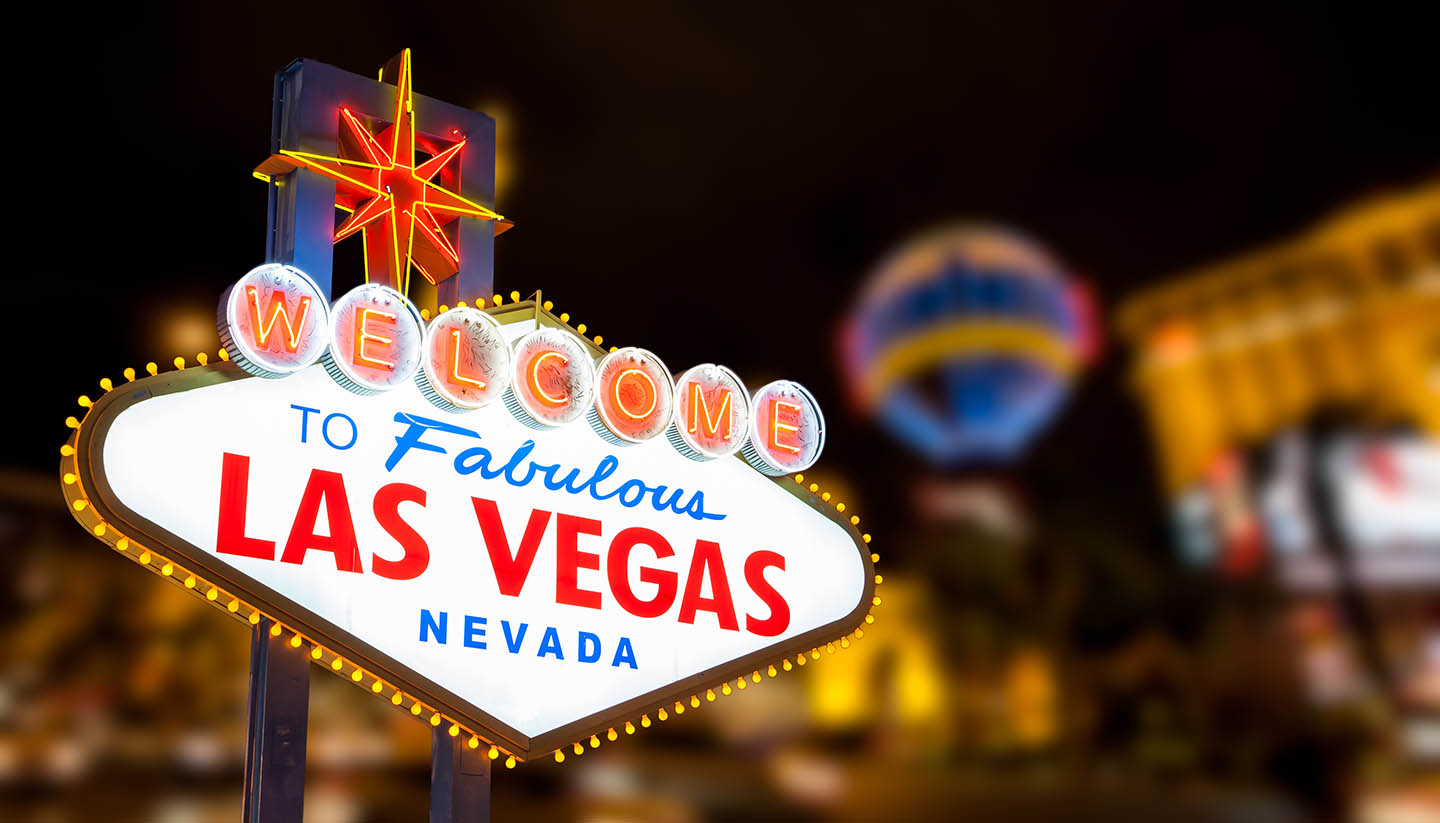Las Vegas History
A couple of centuries ago, Las Vegas was a little-known oasis in the Nevada desert. It’s thought that the first non-Native American to set foot in the region was a young Mexican scouting for water in the 1800s, who happened to find natural springs where Vegas now stands.
Though the spot became better known, there were still only 30 residents here at the dawn of the 20th century. A railway line found its way to the settlement by 1904 and Las Vegas was officially founded a year later when the railroad company auctioned off 1,200 lots that would later make up the city.
After a few decades as a slightly unruly desert town, it witnessed a population boom thanks to an influx of thousands of construction workers on the nearby Hoover Dam.
New arrivals helped combat the impact of the Great Depression. There was a betting culture here even when Nevada laws strictly prohibited the practice, but it was only in 1931, with the advent of a legalised gambling bill, that Las Vegas began its meteoric rise.
Progress stalled during WWII, but by the 1950s, resorts like The Flamingo, The Desert Inn and The Sands Hotel helped its national (and international) reputation to grow quickly.
Stars like Frank Sinatra and his attendant Rat Pack helped cement the city as somewhere to see and be seen as the range of gaming and nightlife options continued to augment over the decades. The truly next big step came with the advent of the mega-resort in the late 1960s and 1970s.
The Strip began to resemble the neon jungle of legend, and as investment continued to flood in, so the scale and ambition of the main resorts continued to escalate.
By the turn of the millennium, the metropolis stood as the largest city in the world founded in the 20th century. Today, despite the scares caused by the global downturn, Las Vegas can now lay claim to offering some of the most exclusive accommodation, dining and entertainment facilities on Earth.
Did you know?
• After spending $25 million of building Caesars Palace, the owners spent another $1 million on a three-day opening party in 1966. There were 1,800 on the guest list.
• Gambling was first legalised in Nevada in 1931 to raise tax money for schools.
• The city’s first racially integrated hotel was The Moulin Rouge, which opened in 1955.


